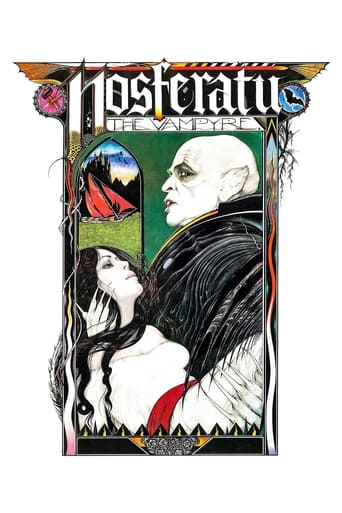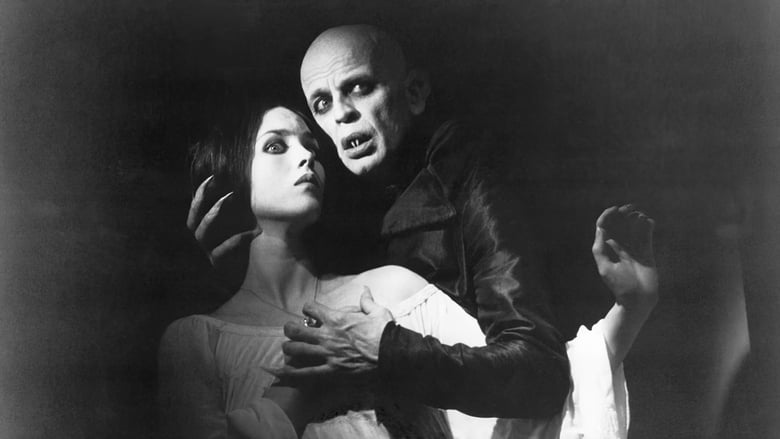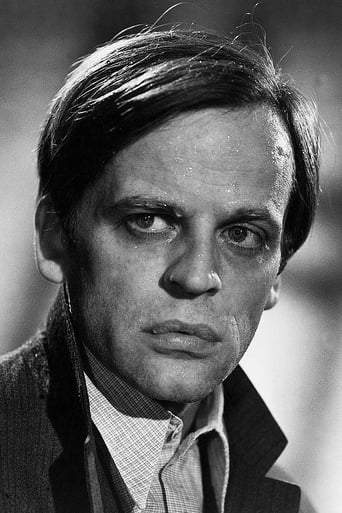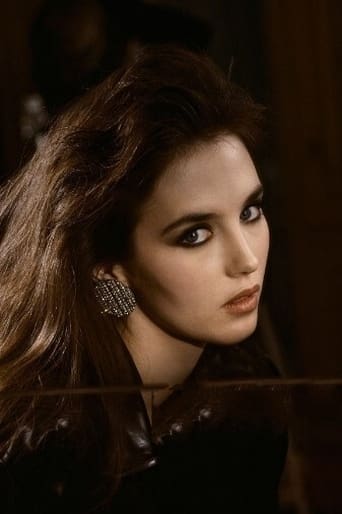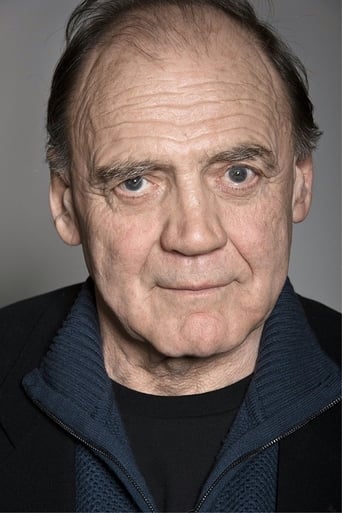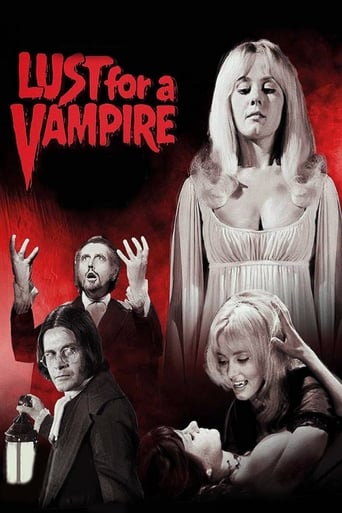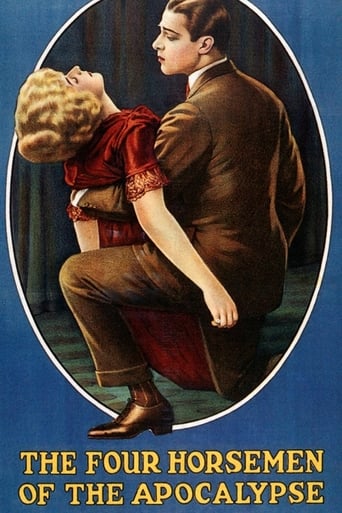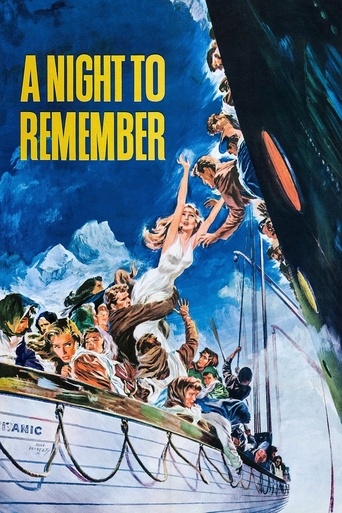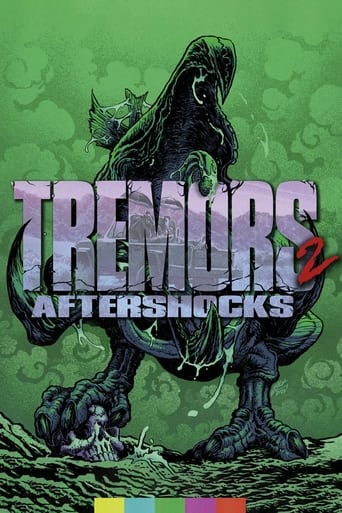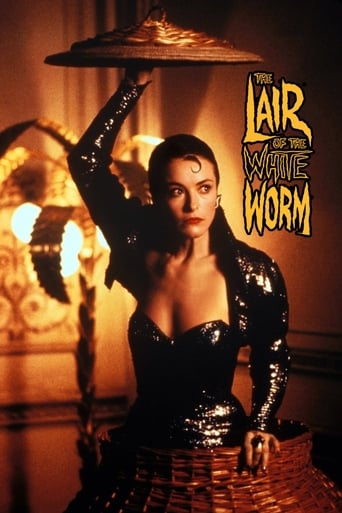Nosferatu the Vampyre (1979)
Jonathan Harker, a real estate agent, goes to Transylvania to visit the mysterious Count Dracula and formalize the purchase of a property in Wismar. Once Jonathan is caught under his evil spell, Dracula travels to Wismar where he meets the beautiful Lucy, Jonathan's wife, while a plague spreads through the town, now ruled by death.
Watch Trailer
Cast
Similar titles

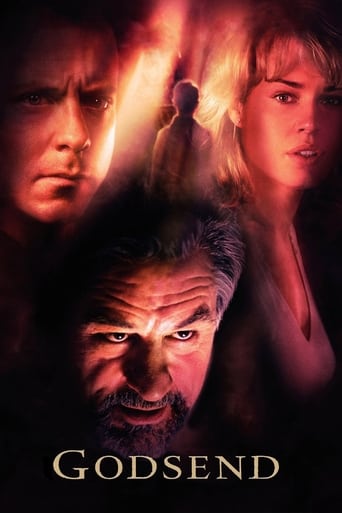
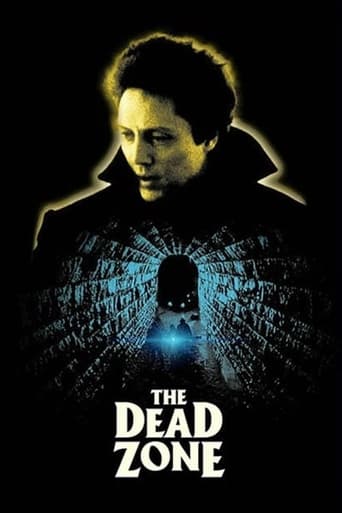

Reviews
Sick Product of a Sick System
if their story seems completely bonkers, almost like a feverish work of fiction, you ain't heard nothing yet.
The story-telling is good with flashbacks.The film is both funny and heartbreaking. You smile in a scene and get a soulcrushing revelation in the next.
Like the great film, it's made with a great deal of visible affection both in front of and behind the camera.
Werner Herzog's Nosferatu: Phantom der Nacht is a visually stunning film. The story and scenes are clearly a homage to the original Nosferatu:A Symphony Of Horror. It is a beautiful homage to F. W. Murnau's 1922 film.Klaus Kinski plays Count Dracula, (in the 1922 movie, the rights to Bram Stoker's book Dracula could not be obtained so the Count's name was changed to Orlok.) He is very much like Max Schreck, the same gaunt appearance, the same long fingernails and rat-like features.Kinski is brilliant in the role of the lonely nobleman who is doomed to an eternity of existing on the edges of society rather than being able to fully take part in it. Kinski brings a pathos to the role and you can feel a sympathy with him even though he is a rodent-like, repellent creature. Isabelle Adjani is a standout as Lucy Harker. Her lovely yet fragile presence is perfect to play the beautiful wife of Jonathan Harker, played perfectly by Bruno Ganz. Roland Topor as Renfield was a good choice as well. His crazed laugh was almost as good as Dwight Frye who played Renfield in Tod Browning's Dracula.What makes this film a classic are the lyrical, almost dreamlike scenes that show the slow but steady buildup to horror as Lucy sees her beautiful town being destroyed by the Count and the thousands of rats that he unleashed to spread disease, panic and despair. The last supper scene with the dying diners was breathtaking in it's restrained beauty and despair.This truly is a beautiful film, slow but ultimately rewarding. The musical score as perfect in setting the mood.The only gripe I have about the film was the treatment of the animals used. Apparently, the rats that were used were badly treated and so underfed that they had started to eat each other. They were also dipped into boiling water as part of a process to dye them gray and many of them died as a result. There were also allegations of other animals being mistreated as well.But despite this, it is a wonderful film and a truly unique experience to watch.
This movie has a lot of rough edges and no decent climax. Kinski as Dracula works well, as does Isabel Adjani as Lucy. But the blocking of the camera is amateurish, the perspective is confused, and worst of all, it's the only vampire movie that doesn't scare anyone. (Oh by the way, if you are on the way to driving a stake into a vampire's heart, don't appear in the next scene with the stake in your hand; you are supposed to leave it in.)Herzog has said that this movie was an attempt to show the highest values of his own culture. I have no idea whether he succeeded, but as a movie, this is a failure.
"Nosferatu the Vampyre" (also known as "Nosferatu: Phantom der Nacht" auf Deutsch), is a remake of the F.W. Murnau film, which follows Count Dracula and his "interest" in buying a castle near the Black Sea; Jonathan Harker, along with his wife, Lucy, become entangled with the Count, who has had a profound effect on Jonathan.Often lauded as one of the better vampire films, Werner Herzog's retelling of the 1922 film is indisputably beautiful. The film opens with a chilling montage of various corpses in a catacomb, followed by a lingering shot of a bat against a dark turquoise sky, all set to a chilling and ethereal score. This is the kind of fashion in which the entire film is presented; long, moody shots of characters, and quiet emphasis on foggy fields and dark mountain passes. It is these precise moments that make Herzog's film stand out, and are also what make it so eerie. The score is haunting and accentuates the loneliness and solitude of these scenes, and the turnout is equally gorgeous and harrowing. As a mood piece, the film is phenomenal.Some have complained about the film's slow nature, and I'll give them that—this is not a narrative-driven film, and it is slow as molasses at times. The viewer needs to understand what they are getting themselves into here, as it is a far cry from most contemporary vampire films. Klaus Kinski's performance as the meek and paltry Dracula is memorable for its evocation of total despair. Isabelle Adjani is decent, although I actually found her understated and somewhat eccentric performance to be a bit single-note; she's done far better in her career, but she's not bad by any means. Bruno Gaz is also a solid presence as the hero-turned-victim, Jonathan Harker.Overall, "Nosferatu the Vampyre" is an aesthetic accomplishment that is completely visually absorbing. Herzog wrings atmosphere from every shot and musical cue, and the film is unforgettable for that. It is unusually slow-moving, so it's not something that can really be casually-viewed. In any event, it is a hazy and quietly unnerving film, and one of the best horror remakes to date. Memorable scene: the Count's initial intrusion into Lucy's room—check out the cinematography. 8/10.
I don't think I've ever felt quite so emotionally involved in a vampire film as with this re-interpretation of the classic silent horror film from 1922. It's slow-moving, but also beautifully photographed and extremely atmospheric. At least two of the performances (Roland Topor's Renfield as well as Kinski) are histrionic - and yet still convincing. I'm a fan of Hammer Films and their very different approach to the same material, but this is the first time I've seen an authentic looking Transylvanian inn and a landlord and landlady who looked the parts. Even Dracula himself (this version uses the original names) is believable - while you're watching the film, you feel this scary but pathetic creature *is* a vampire. The film's climax is powerful and tragic, although let down slightly by the twist at the very end.If you haven't seen this, try to get hold of it - ideally in the German version which, in the words of the director, is "more authentic". Don't expect explicit violence or gore but a "slow burn" and truly original take on the story.
